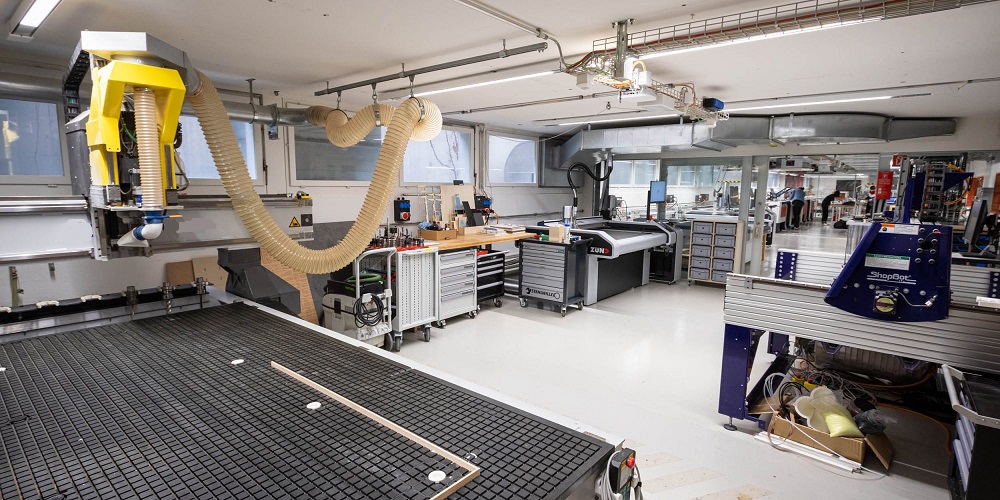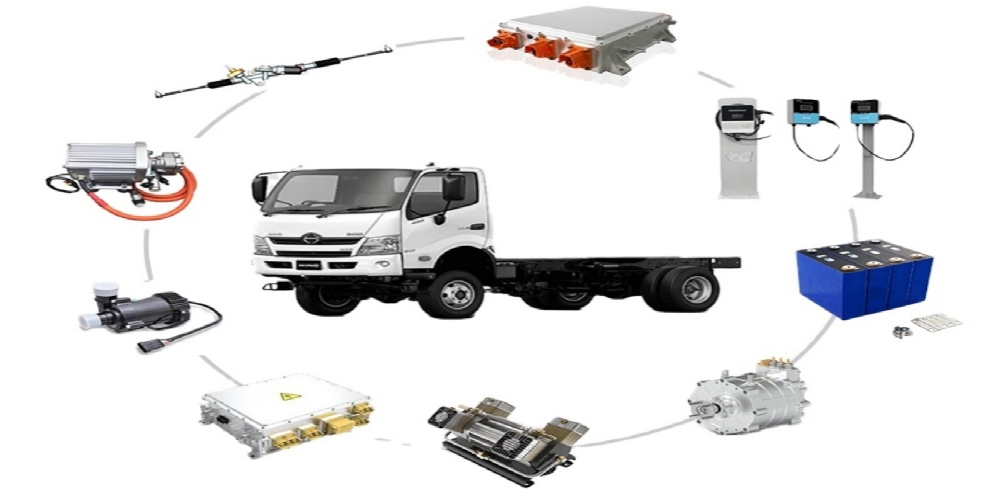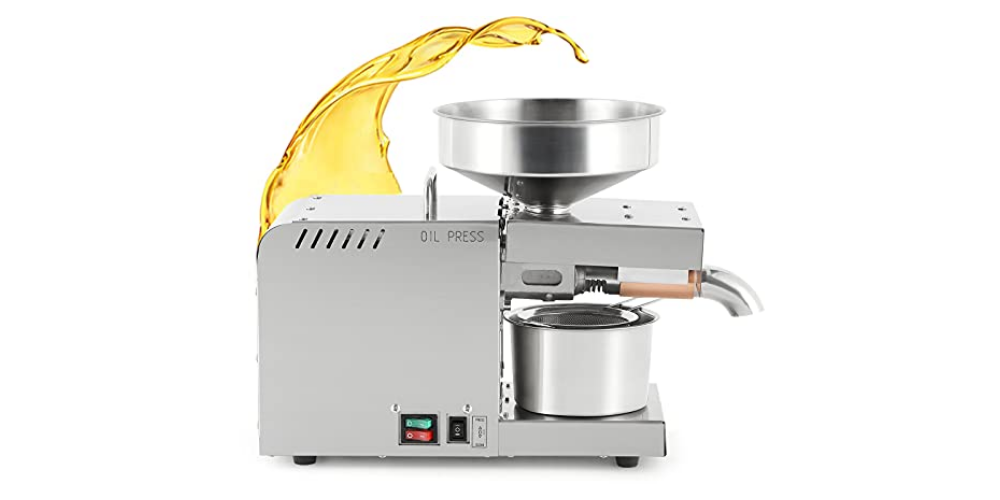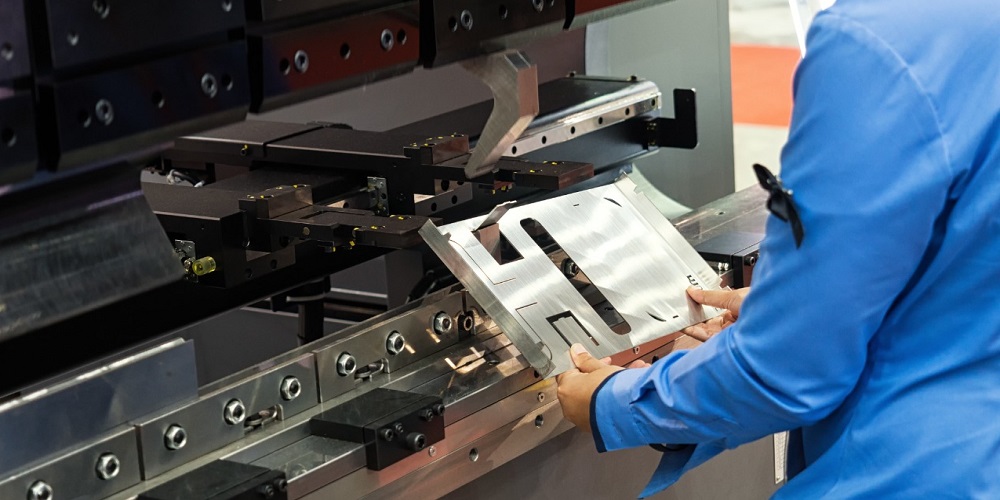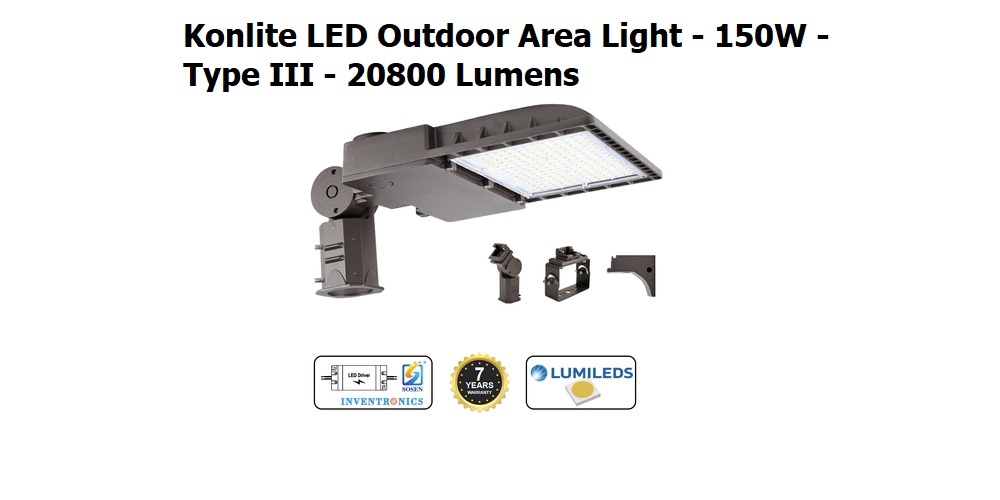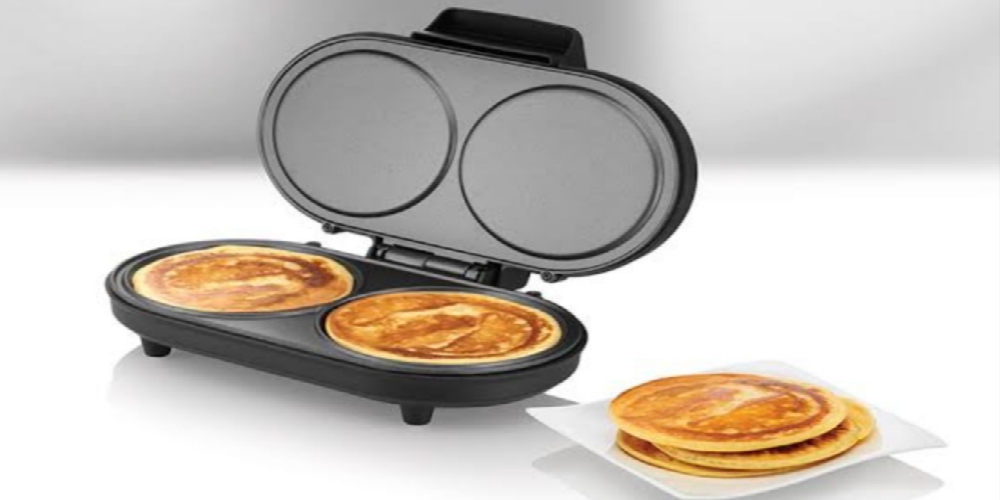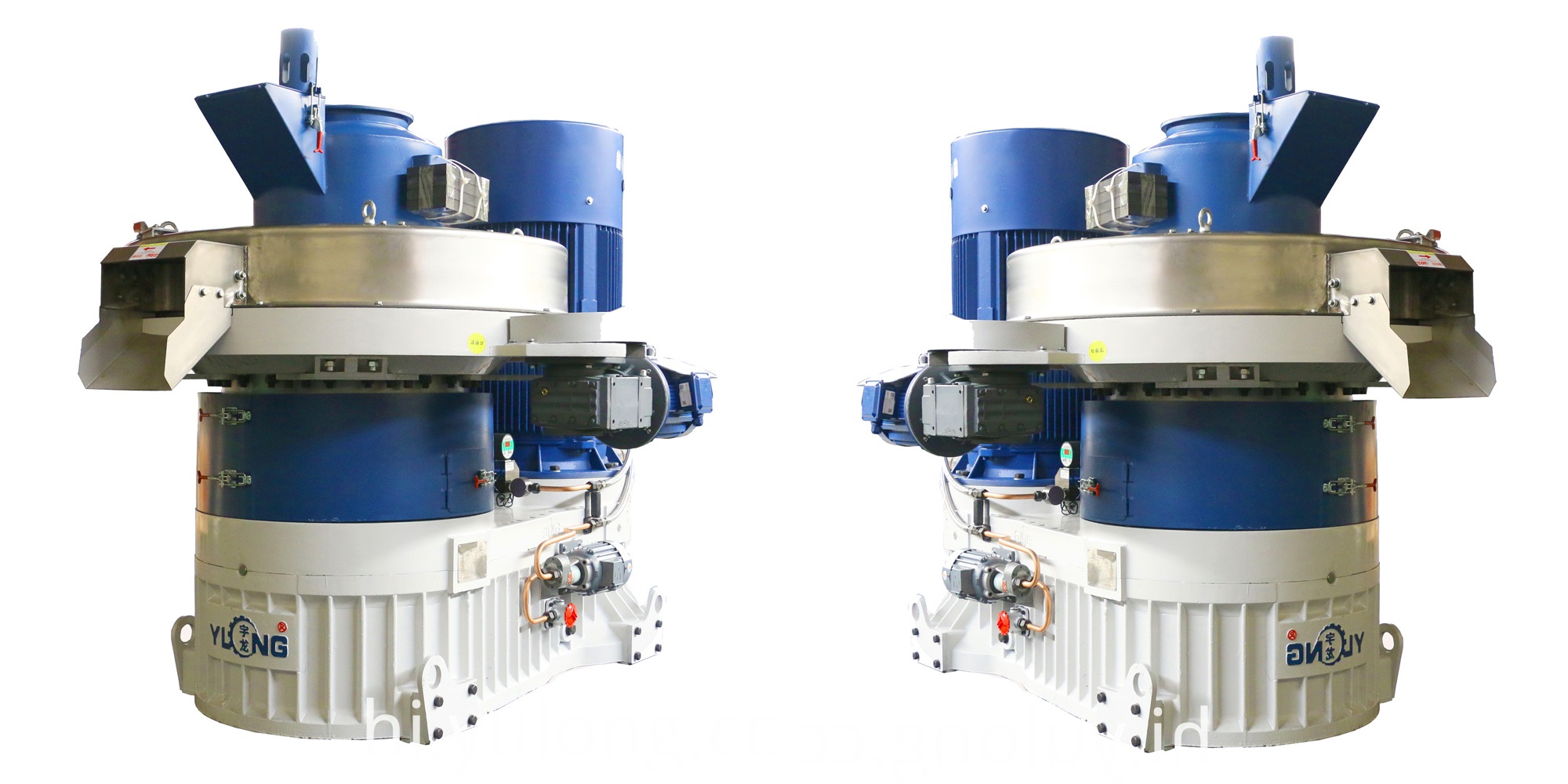A recognized manufacturer with expertise in quick prototype, CNC machining, injection molding, and vacuum casting is Kaiao rapid prototyping factory. The business has been operating in the sector for over 15 years and is based in Shenzhen, China. The firm has developed a reputation for offering its customers high-quality services and goods throughout time. The capabilities and production methods like metal vacuum casting and others of the Kaiao factory are examined in this article.
Capabilities
The engineers and technicians on staff at the Kaiao factory are dedicated to offering their customers high-quality services and goods. The company can manufacture the following items:
Rapid Prototyping
Rapidly creating a physical model of a component or product is rapid prototyping. The procedure entails printing the required object from a CAD design file using a 3D printer.
- Various 3D printers from the Kaiao factory can print in different materials like SLA, SLM, SLS, and FDM.
CNC Machining
Using computer-controlled machinery to fabricate pieces from raw materials is known as CNC machining. The procedure is accurate and can create intricate elements that would be challenging to make in other ways.
- Kaiao’s rapid prototyping factory features a selection of CNC machines that can create components from different materials, including titanium, brass, aluminum, copper, steel, and steel.
Injection Molding
The use of injection molding accomplishes large-scale component production. Melting plastic pellets and injecting the molten plastic into a mold cavity are the two steps in the process. The mold is then opened to release the part when the plastic has cooled and set.
- Various injection molding equipment is available at the Kaiao factory to make parts of different sizes and forms.
Vacuum Casting
The vacuum casting technique produces parts made from silicone molds. Rapid prototyping or CNC machining is used to create a master model, subsequently used to create a silicone mold. The final portion is then created by curing liquid plastic after it has been filled and hardened in the mold. Vacuum casting is a cost-effective method for manufacturing tiny to medium-sized items in low to medium volumes.
- Kaiao factory equipment can create components from various materials, including ABS, PC and PP.
Quality Assurance
A strict quality control system is in place at the Kaiao factory to guarantee that all its products satisfy the highest requirements. The firm measures and examines its products using cutting-edge inspection tools, including CMMs and height gauges. Moreover, the Kaiao factory has a group of quality control inspectors who ensure everything is up to par before an order leaves the facility. The business also employs premium materials and adheres to tight guidelines to ensure production operations are completed successfully and swiftly.
Customer Assistance
Customer service is a priority at Kaiao factory, which places high importance on client happiness. Customers may get help from the company’s customer support staff at any time, from the initial design stage through the delivery of the finished product. Kaiao Rapid Prototype Factory is a great choice for customers searching for high-quality manufacturing services since it provides quick turnaround times and affordable prices.
Conclusion
Kaiao factory is a leading manufacturer of effective manufacturing services. The company’s commitment to quality and customer satisfaction and its advanced manufacturing capabilities make it an ideal partner for clients looking for high-quality manufacturing services. Kaiao factory’s experienced team of engineers, technicians, and state-of-the-art equipment ensures that clients receive the highest quality products and services. Whether clients need prototypes, custom parts, or large-scale production runs, Kaiao factory is well-equipped to meet their needs.
